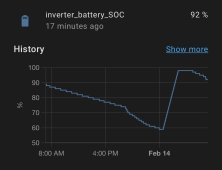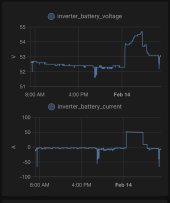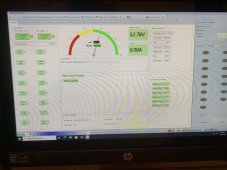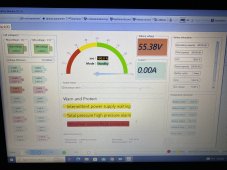OK, it looks a lot better with that number. But you'll either need to find a way to force the battery to get to low voltage disconnect or manually set the correct numbers. There should be a number for residual capacity (remaining capacity). Or at least some other editable number that would allow you to set correctly the SOC.
This is the quote from the official documentation of the BMS that leads me to the conclusion that once fully charged and then fully discharged the capacity and the SOC will be calculated properly:
This is the quote from the official documentation of the BMS that leads me to the conclusion that once fully charged and then fully discharged the capacity and the SOC will be calculated properly:
BMS calculates the remaining capacity in real-time. The BMS get the
capacity at the first time when the battery pack complete a full charging
and discharging cycle. And the SOC calculating accuracy is ±5%.







